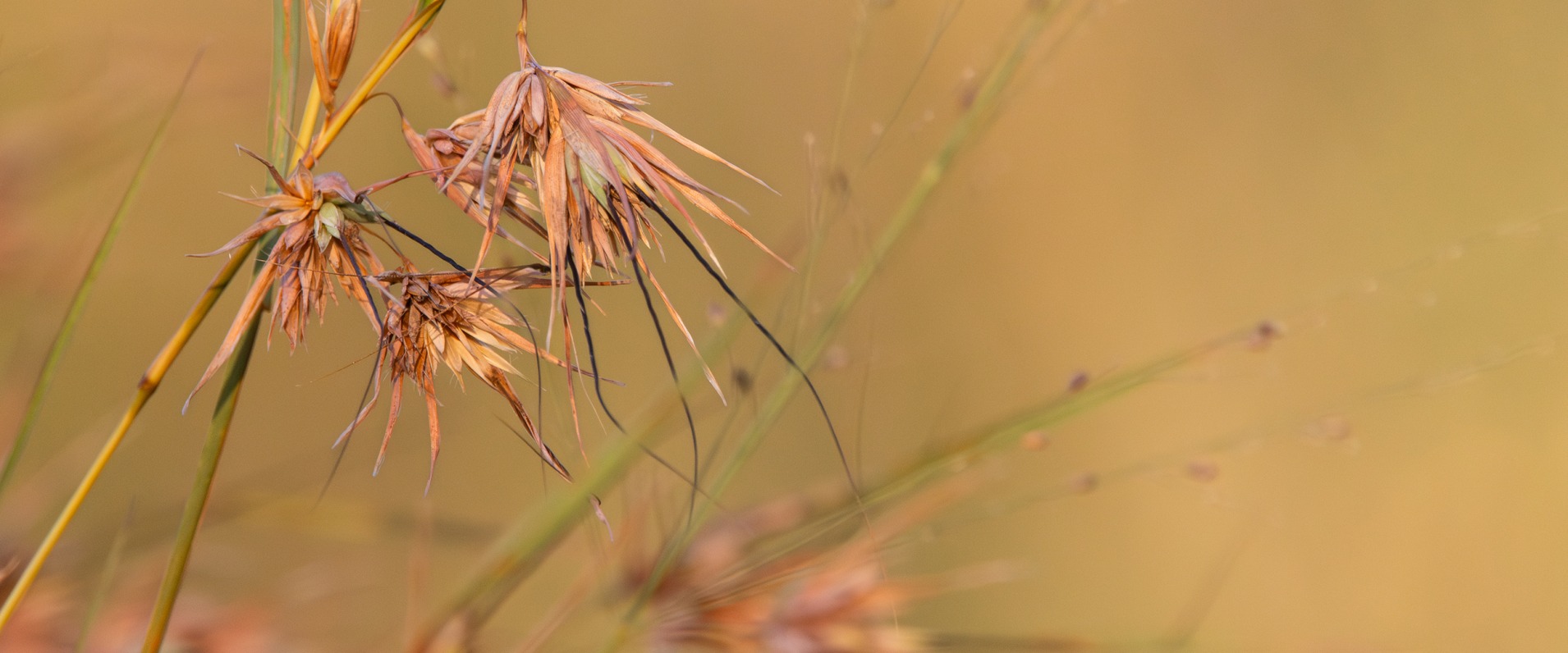The vital role of grasses in the bushveld ecosystem
on Mar 26, 2024In the intricate tapestry of the bushveld ecosystem, the significance of grasses cannot be overstated. These verdant blades, often overlooked in favour of more charismatic megafauna, play a pivotal role in shaping the ecological and successional dynamics of this landscape. Understanding their ecological importance, successional status, and unique attributes is crucial for comprehending the intricate balance of life in the bushveld. Grasses are foundational components of ecosystems, often acting as pioneer species in the process of ecological succession. Their ability to colonise disturbed areas and stabilise soils makes them essential players in the regeneration of vegetation following disturbances like fires or grazing pressure.
Let's delve into the nuanced world of bushveld grasses, examining their ecological importance, successional status, and unique attributes.
One of the prominent grass species in the bushveld, Red Grass, boasts a robust presence across varied habitats. As a mid-successional species, it thrives in the aftermath of disturbances, gradually giving way to taller grasses and woody vegetation. Its red-tinted inflorescences provide visual interest and attract a variety of pollinators, contributing to the biodiversity of the ecosystem. Red Grass serves as a valuable forage source for herbivores, with its nutritious leaves and seeds supporting the dietary needs of numerous species. Additionally, its deep root system aids in soil stabilisation and erosion control, enhancing the resilience of the landscape.
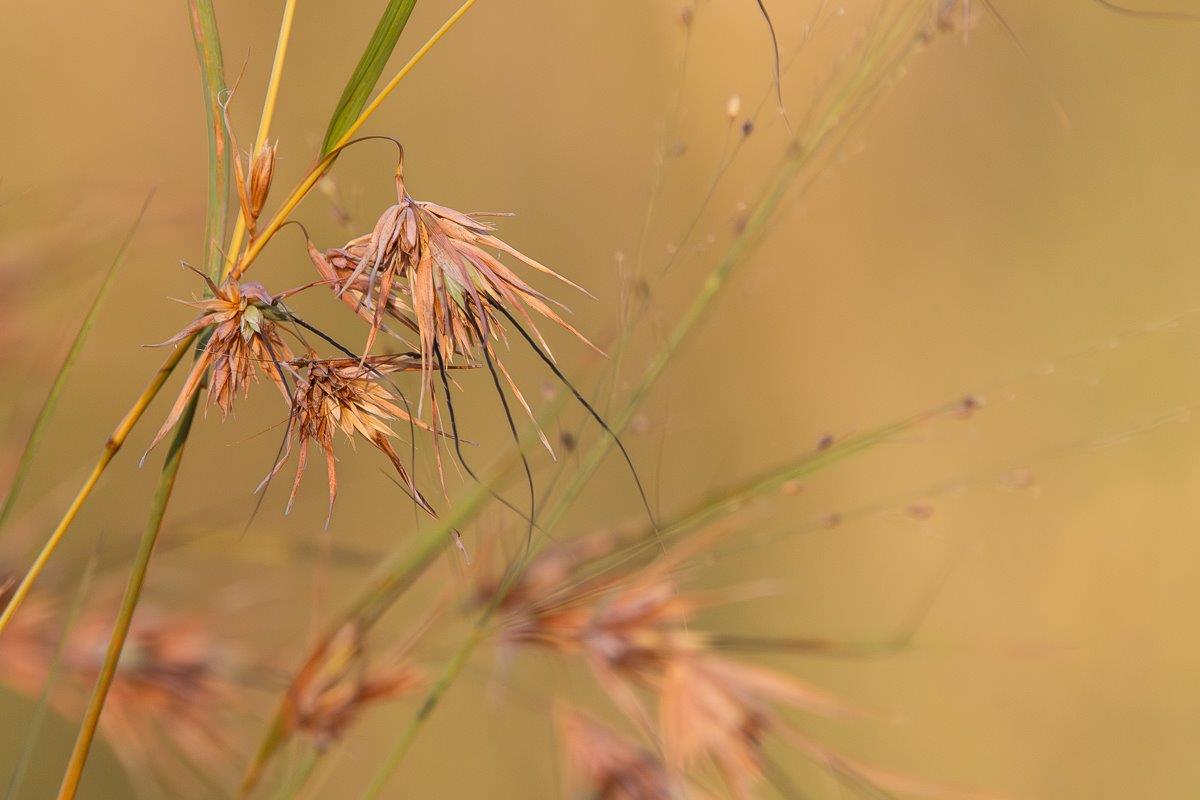
Another important grass species in the bushveld is Turpentine Grass. As a mid-successional species, it establishes itself in the wake of disturbances, gradually giving way to taller grasses and woody vegetation. Turpentine Grass is characterised by its aromatic leaves, which release a distinctive scent when crushed. While not as palatable to grazers as some other grass species, it provides important ground cover and contributes to the overall biodiversity of the ecosystem.

Spear Grass emerges as a quintessential mid- to late-successional species in the bushveld ecosystem. With its tufted growth form and distinctive seed heads, it symbolises the maturation of grasslands towards a more stable state. Spear Grass offers a palatable and nutritious forage source for a variety of herbivores, contributing to the overall biodiversity and ecological resilience of the landscape. Its deep roots play a crucial role in nutrient cycling and soil structure, underscoring its significance in ecosystem functioning.
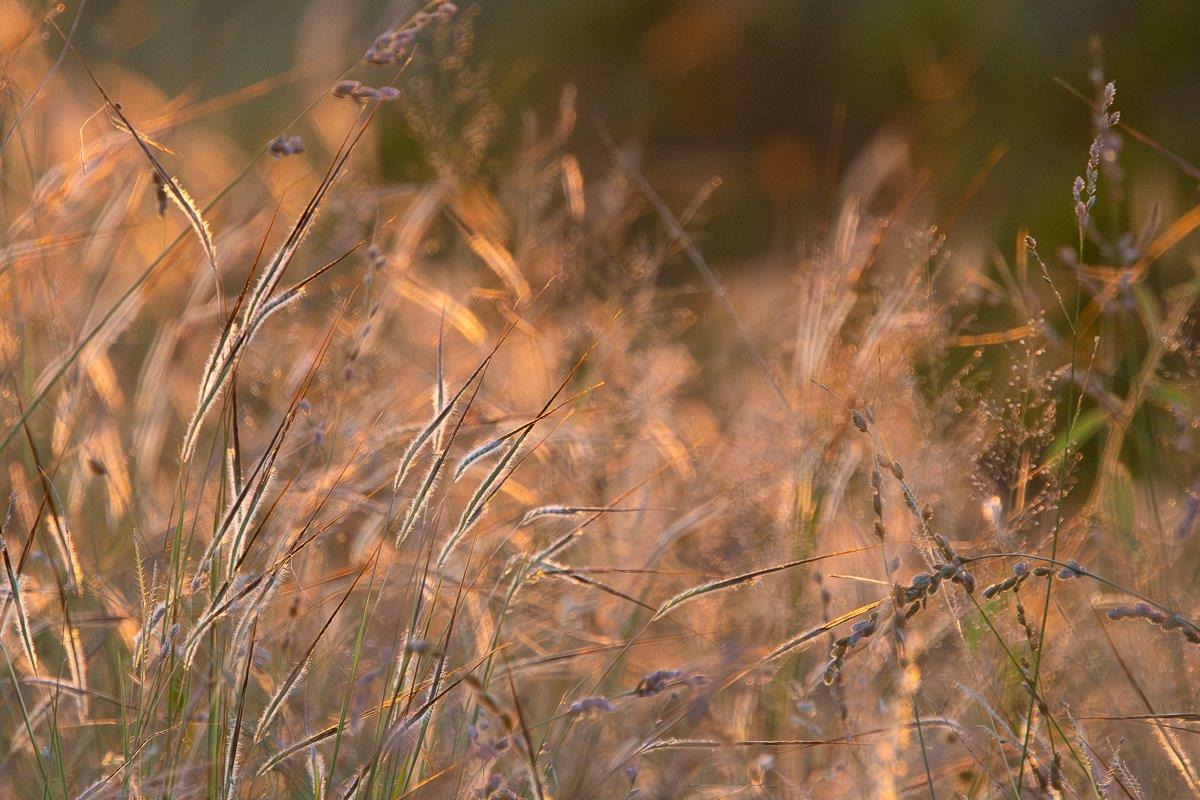
Nestled in the wetter pockets of the bushveld, Vlei Bristle Grass thrives in moist, low-lying areas. As a late-successional species, it epitomises the climax vegetation of vlei ecosystems, exerting a significant influence on their hydrology and biodiversity. Beyond its ecological role, Vlei Bristle Grass holds cultural significance, with some indigenous communities utilising its fibrous stems for weaving and thatching. Its palatability to grazers makes it a preferred forage option, particularly in seasonally inundated areas where other vegetation may become inaccessible.
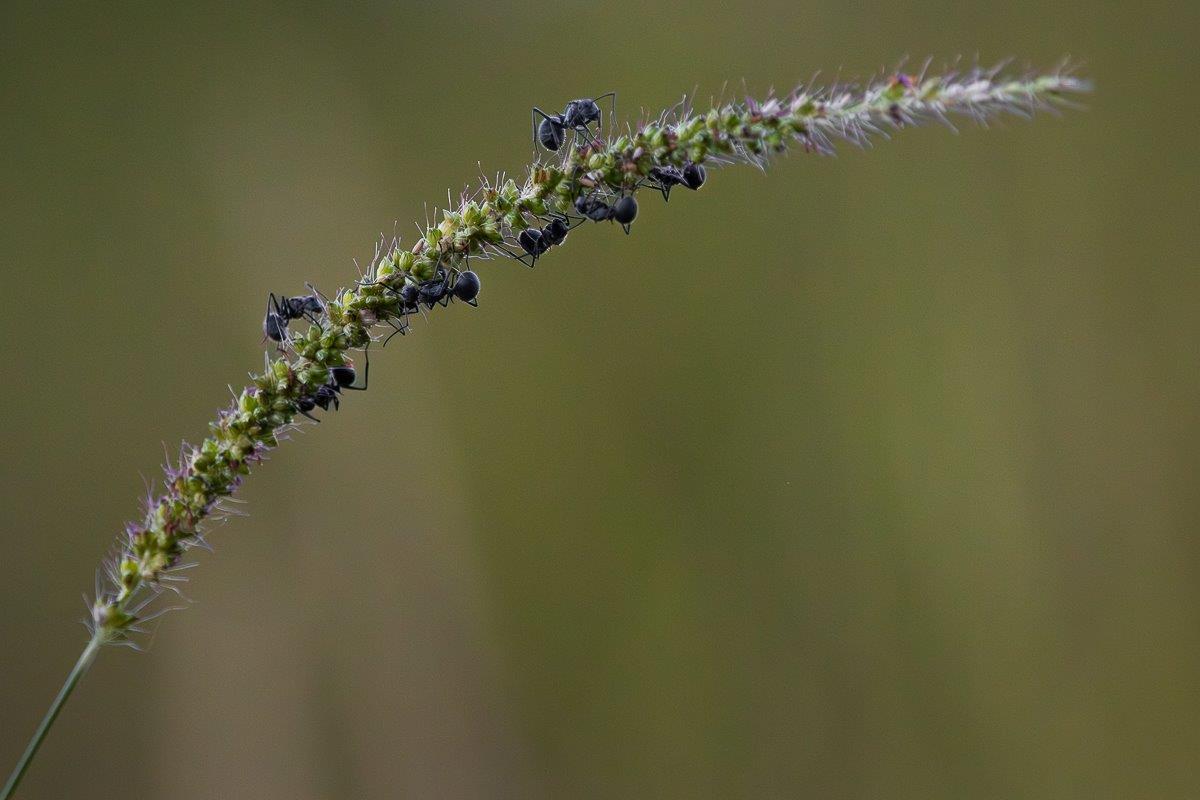
Plume Chloris Grass, commonly known as Horsetail Grass, is a resilient grass species that inhabits various habitats within the bushveld ecosystem. As a pioneer species, it colonises disturbed areas rapidly, playing a crucial role in the early stages of ecological succession. Its sprawling growth habit and prolific seed production enable it to establish quickly, facilitating soil stabilization and preventing erosion. While not highly palatable to grazers due to its coarse texture, Plume Chloris Grass provides important ground cover and contributes to the overall diversity of plant communities in the bushveld.
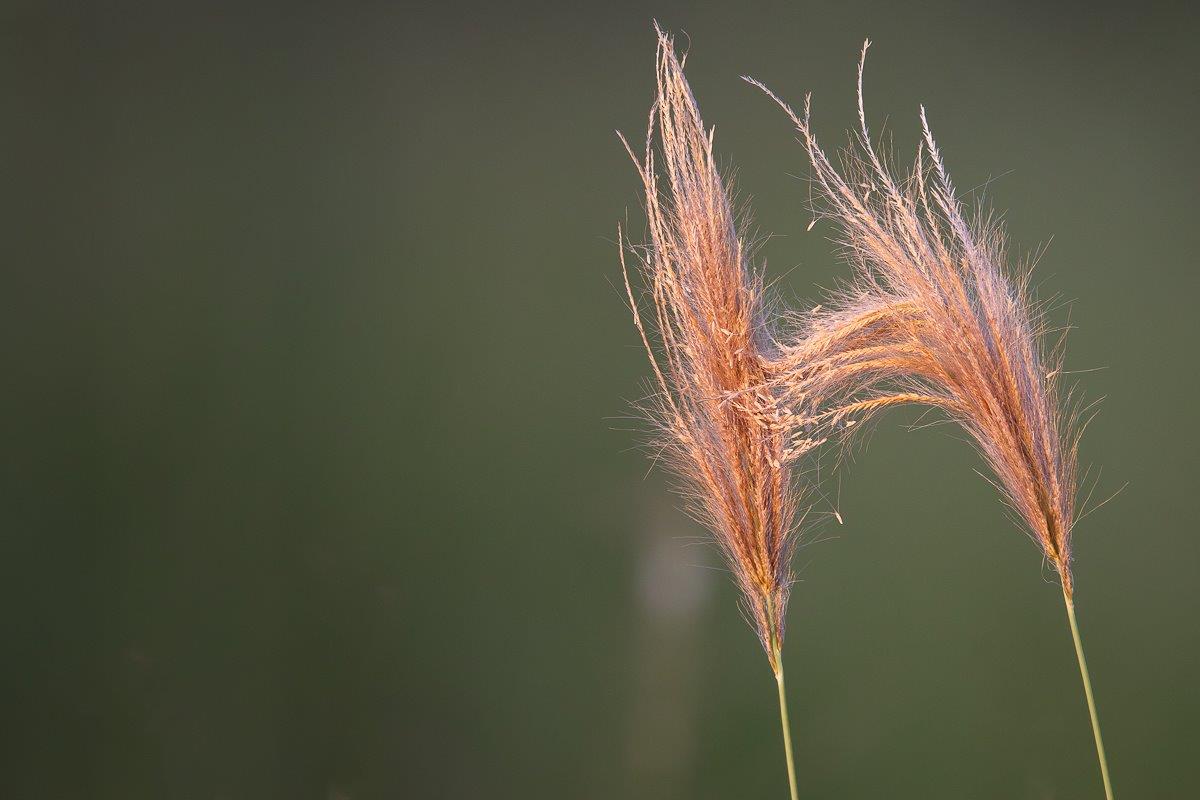
The successional status of grasses in the bushveld is intricately linked to the carrying capacity and ecological resilience of the landscape. As pioneers, mid-successional, and climax species, grasses shape the trajectory of ecological succession, influencing the composition and structure of vegetation communities. Understanding the nuanced roles of grass species like Red Grass, Turpentine Grass, Spear Grass, Vlei Bristle Grass, and Plume Chloris Grass provides insights into the dynamic interplay between ecological processes and human interactions in the bushveld.
In preserving the integrity of grasslands and their associated ecosystems, we ensure the sustainability of vital ecological services and the rich tapestry of life that thrives within them. From soil stabilisation to forage provision, grasses stand as silent yet indispensable guardians of the bushveld, embodying the resilience and interconnectedness of nature.
Blog by JP van Rooyen (Bush Lodge Ranger)
